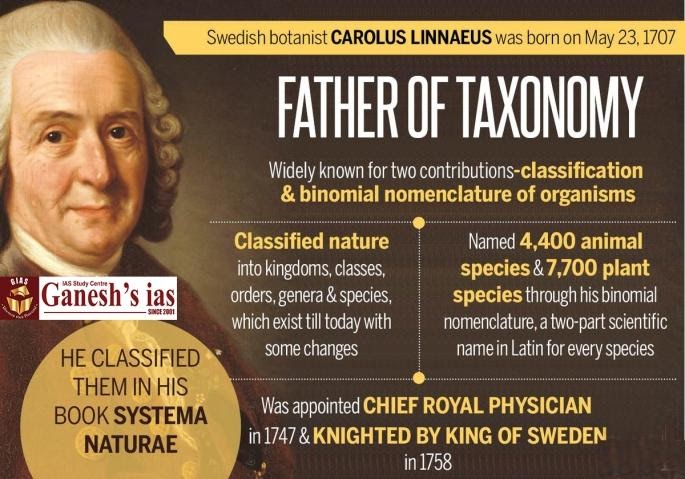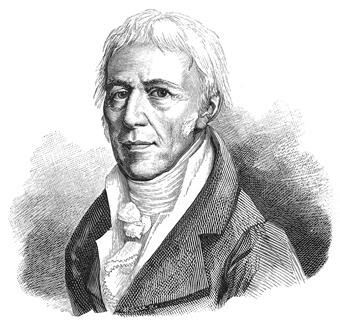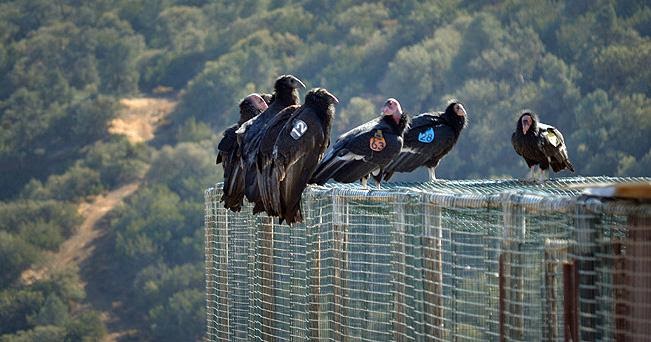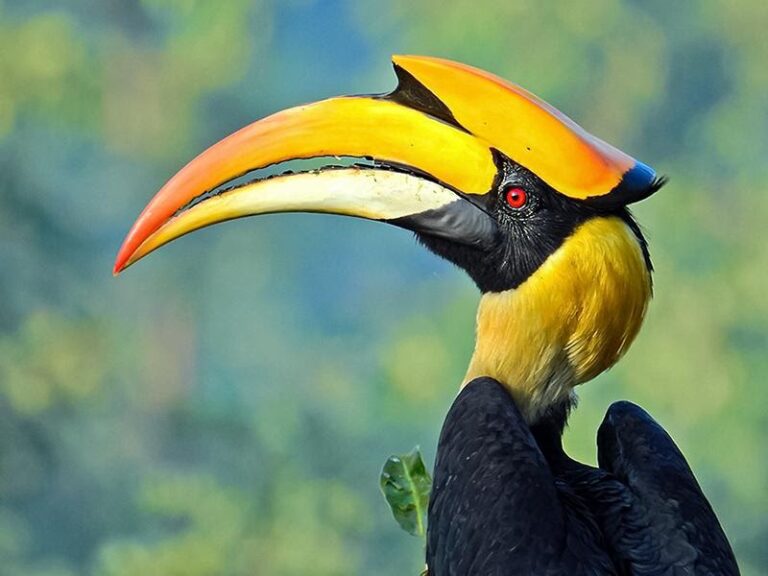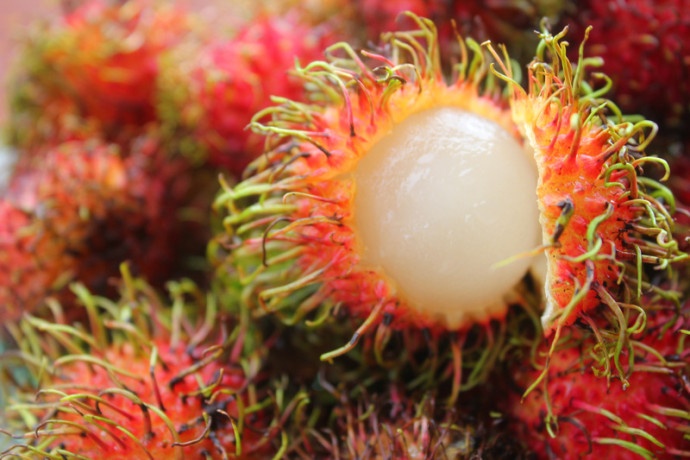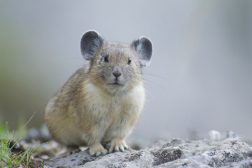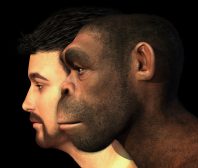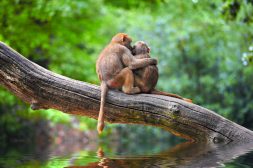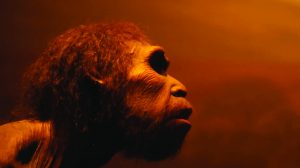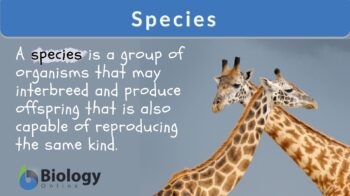
Species
n., plural: species
[ˈspiːʃɪˌiːz]
Definition: A group of closely related organisms that can interbreed
Table of Contents
Every living organism is unique when you observe its morphological, anatomical, molecular, genetic, biochemical, chemical, physiological characteristics. Based on these different characteristics, scientists have always tried to create groupings that can make their studies simpler and more objective. No matter how long have Homo sapiens existed, they have always been curious about the varied biodiversity around them. The biological nomenclature and classification systems help us in defining biological life with clarity. In the classification systems, a certain hierarchy has been made from higher to the lower level — kingdom, phylum/division, class, order, family, genus, species. The scope of this article is limited to the terminology “species”. So, when asked what is a species? Species is one of the taxonomic ranks that lies at the lowest level of this hierarchical system, generally below the genus rank.
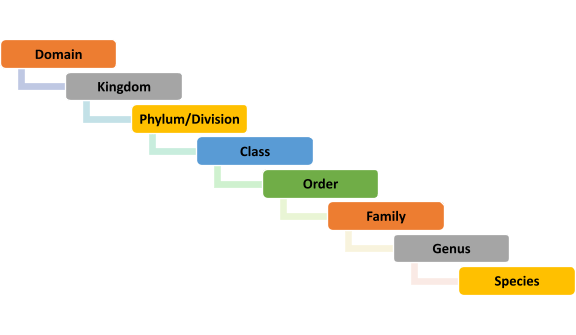
Over time, different scientists have preferred different ways to define this entity called species. Let’s look at them and learn the various different aspects pertaining to species like the concepts of species development, the associated problems with the species concepts, different species, their types, and much more.
Species Definition
In biology, the definition of species goes by this: “Species is the lowest taxonomic rank and the most basic unit or category of biological classification”. One can also define species as an individual belonging to a group of organisms (or the entire group itself) having common characteristics and (usually) are capable of mating with one another to produce fertile offspring.
Some pointers related to species are:
- Etymology: The word species is itself a late Middle English word derived from a Latin word “specere”, which means “to look”, “kind”, “appearance”, “form” (of something).
- Composition: Populations of organisms that can interbreed and produce fertile offspring comprise a species. These individual organisms can exchange genes.
- Position: Species ranks below the taxonomic rank “genus”. A genus encompasses many different species.
- Denotation: A species is always denoted by a Latin binomial, in which the first one is the name of the genus to which a particular species belongs and the second one is the species name. These are called generic epithet and specific epithet. This binomial nomenclature system was first used by Carl Linnaeus. The generic epithet is always capitalized while the specific epithet isn’t, although both are italicized. For example, human beings belong to the species “Homo sapiens”.
- Representatives: The representatives of a species are populations, subspecies, cultivars, races, varieties, etc. They aren’t usually considered as separate taxonomic ranks within the classification system but are considered groups that help the biological studies easier. The individuals of a population have some common characteristic features and attributes.
- Different ways to define species: There are many different ways to define species- morphological, ecological, evolutionary, phylogenetic, biological.
Now that you understand the species meaning, let’s move to the little intricacies and decipher their meaning.
Species is the lowest taxonomic rank and the most basic unit or category of biological classification consisting of organisms that share common characteristics and generally are capable of reproducing to produce fertile offspring. There are certain groups though that can still be further subdivided into subgroups (i.e. subspecies, such as varieties, formae, etc.). A species is given a two-part name: the generic name and the specific name (or specific epithet). For example, Allium cepa (commonly known as onion). The “Allium” is the generic name whereas the “cepa” is the specific epithet. Etymology: Middle English, logical classification, from Latin speciēs, a seeing, kind, form”. Abbreviation: sp. See also: genus, taxon
History
The concept of species has a long-standing history. From views cemented on a “fixed nature” of a species to “continuously evolving nature” of species, the Science of Taxonomy, Systematics and Evolutionary Biology has transformed leaps and bounds. Let’s take a quick look at some historical milestones:
- Aristotle View: Aristotle, the great Greek polymath, was of the view that a species is a fixed “form” in a “kind”. For example: if a kind is “plants”, a form is a subset of it, let’s say “flowering plants”. A kind is different from other kinds because it possesses some typical characteristic features that the other kinds don’t have. Furthermore, a particular form within a kind is even more specific. Also, these kinds and forms are unchanging over time and fixed in their nature.
- John Ray View: John Ray, the great naturalist of the 1600s, was the first one to attempt to define species in the biological concept. He shed some light on the species concept by explaining that one species of plant perpetuates itself by leaving inoculum for its continuation in a seed. From a seed of a particular plant, only that particular species will live on.
- Carl Linnaeus View: Carl Linnaeus, the father of modern taxonomy, was the first one who gave a well-defined classification system for biological diversity. His idea of hierarchy in taxonomic classification systems was based on shared physical characters. He didn’t take only the differences into account, but also the shared attributes. But even in Linnaeus’ view, the species didn’t get the reputation of evolution over time; it was being juggled between static and dynamic nature.

Figure 2: Carl Linnaeus, the father of modern taxonomy, didn’t have a fixed belief on the idea of species. Starting with the idea of species being a fixed entity, he was later convinced that species are ever-evolving. Image Credit: Ganeshiasacademy - 19th Century Scientists’ View: Species aren’t fixed in nature and can change/evolve over time.
- Jean-Baptiste Lamarck View: In the 1800s, the widely known scientist for the concept of Lamarckism gave another theory of “transmutation of species”. According to this, one species can alter into another. This was described in his book named Philosophie Zoologique. He believed that new species are formed by spontaneous generation and one species can change within the lifetime of an individual and those changes can be inherited by the progeny. This theory invited a lot of backlashes.

Figure 3: Lamarck was convinced that new species can be formed within one or two generations. Image Credit: Galerie des naturalistes de J. Pizzetta, Paris: Ed. Hennuyer, 1893, CC-licensed. - Charles Darwin and Alfred Wallace View: These 2 scientists and philosophers gave compelling accounts of how species change over time. They insisted that it’s the populations of individuals that change, and not the individuals themselves. This happens by a process called natural selection. They made it clear that species aren’t fixed by nature, but continuously evolving entities and this evolution/change doesn’t happen in one generation but takes many years and generations.
Types of Species
Different species can be defined based on the different concepts. Let’s first look at the different species concepts.
Morphological species concept
It is based solely on the morphology of the species, pertaining only to the physical appearance of the organisms. Pros of this concept for defining and describing a species are that it’s an easy and handy method for species identification. It works equally well for layman and taxonomical experts as the morphological features are easily identifiable by everyone rather than genetic and chemical analytics. It is also called the typological species concept. It was considered by Aristotle, Plato, and Cain in their philosophies.
Phenetic species concept
This is a slight modification of the morphological species concept. It was given by Robert R. Sokal, Theodore J. Crovello, and Peter Sneath. They explained that a phenetic species is one in which all the individuals of a species have a similar phenotype but it is significantly different from the organisms of the other phenetic species. This is different from the morphological species concept as a larger number of phenotypic traits are taken into consideration here. Additionally, there is a numerical figure associated with it to objectively differentiate one species from another.
Phylogenetic species concept
According to this concept, a species is the smallest monophyletic aggregation that has unique, characteristic, distinguishable synapomorphies; meaning shared derived characteristics. These aggregations or groups are comprised of populations (for sexually reproducing organisms) and lineages (for asexually reproducing organisms).
Biological species concept
This concept was given by Ernst Mayr. It is also called the reproductive isolation concept. It is stated that a species is a group of natural populations that interbreed among themselves (actually or potentially) but don’t do the same with other groups as they are “reproductively isolated” from them. This is by far the most widely accepted species concept as of this time.
Evolutionary species concept
This concept defines a species as an independently evolving entity. The reason this concept is widely accepted is that such a species persists through long time periods. This concept works equally well for both sexually and asexually reproducing organisms. Eminent scientists like George Gaylord Simpson and Wiley have postulated this in their theories.
Ecological species concept
Ecological species concepts explain that a species is a group of organisms that thrive and exploit the same niche. In a single range, even if there’s some minimal difference in the specific factors of a niche, the 2 different sets of organisms are called 2 different ecological species.
Now that we have discussed the different species concepts, let’s move forward and learn the different types of species.
- Endangered species – An endangered species is one that is prone to get extinct in the near future. With the declining numbers of such species, the risks of losing diversity increase. Many national and international ventures aim to protect and restore the natural populations of such endangered species.
Example: California Condors are critically endangered species.
Figure 4: Each Californian condor is assigned a “studbook number”. They are critically endangered species and in order to track them for their medical history and behavioral patterns, this numbering system has been adopted. Photo Credit: U.S. Fish and Wildlife Service - Dominant species – Dominant species are those species that form the majority in an ecological community. They usually make up the bulk of the biomass in such a community. Usually, any ecological community is always defined by its dominant species.
Example: Rhizophoraceae (mangroves) are the dominant species of tidal swamps. In fact, such forests are called mangrove forests. Sundarban Mangrove forests of Bangladesh and India are the largest continuous mangrove forests of the world.
Figure 5: Rhizophoraceae members are the dominant species of Sundarbans mangrove forests of Bangladesh and India. They are home to endangered species of flora and fauna like the Royal Bengal Tiger, Northern river terrapin (Batagur baska), endemic dolphins, etc. Photo Credit: UNESCO - Pioneer species – Pioneer species are those that colonize barren lands for the first time or steady-state ecosystems after they have been disrupted by some environmental or manmade interventions.
Example: Lichen species are the most common pioneer species for primary succession as they have the unique ability to colonize even barren rocks. Read our article on Pioneer species for more details.
Figure 6: Lichens organisms examples are the pioneer species in primary succession, only they possess the exceptional quality of colonizing bare rocky substrates. Photo Credit: Katie Czernyk. - Rare species – Rare species are those which are encountered very less or have no extensive records. They are uncommon and this makes them precious in some aspects. This is one of the many statuses given by IUCN like endangered, extinct, rare, etc. They have small population sizes, less genetic variability among individuals, and more vulnerability to get endangered and extinct. The chances of these species to recover after ecological disasters are very bleak.
Example: Hornbills and Fennec foxes are examples of rare species.
Figure 7: Hornbills are examples of rare species. Photo Credit: Shantanu Kuveskar. - Exotic species – Species are called exotic when they are encountered outside their native ranges or places where they have not originally evolved. This presence of species outside their native ranges puts the native species at risk and under unwanted pressure- competition for food, resources, etc.
Example: Rambutan is an exotic fruit in India as its native range is actually Malaysia.
Figure 8: Nephelium lappaceum (Rambutan) is an exotic fruit in India. Photo Credit: Spoon University. - Early seral species – Early seral species are those species that start growing in natural succession soon after a disturbance (fire or logging).
Example: Ponderosa pine.
Figure 9: Ponderosa pine is an early seral species that grows easily after any ecological disturbance. Photo Credit: WILD 3820. - Type species – Type species are those species that have been used during taxonomic work for naming that particular species.
Species Examples
Examples of some species:
- Flora: Cinnamomum verum (true cinnamon tree), Trichopus zeylanicus, Mangifera indica (mango), Musa acuminata (banana)
- Fauna: Felis catus (cat), Bos tauras (cattle), Canis lupus familiarise (dog), Elephas maximus indicus (Indian elephant)
- Fungi: Aspergillus niger, Penicillium notatum, Agaricus bisporus, Grifola frondosa
- Bacteria: Bacillus cereus, Pseudomonas aeruginosa, Streptococcus mutans, Salmonella choleraesuis
Taxonomy and Naming
Here are some of the basic and important notes about the taxonomy and naming of organisms.
- Vernacular names are often confusing, hence taxonomic names are given to each biological organism.
- While systematically naming biological life, “type specimens” are used.
- Pros of using scientific name: unique, objective to understand, universal
- The plural of species (sp.) is species (spp.).
Mayr’s Biological Species Concept

This concept was given by Ernst Mayr. It is also called the reproductive isolation concept. It is stated that a species is a group of natural populations that interbreed among themselves (actually or potentially) but don’t do the same with other groups as they are “reproductively isolated” from them. It is the most widely accepted species concept.
The species problem
There has been a long withstanding debate on the concept of “species delimitation” and is generally referred to as the “the species problem”.
Reason: It’s very difficult to define the term species for different biological organisms
Problem recognition by: Charles Darwin (in 1859)
Change
The various ways by which species change are:
- Evolution of old species into new species (Speciation)
- Active exchange of genes of one species with another
- One species merged into another
- Extinction of a species
Practical Implications
- If researchers aren’t able to recognize and identify organisms to the correct species, it will create a lot of confusion and pose a threat to the validity of research work.
- Possibility of taxonomic inflation
- The intrinsic conflict between 2 ideologies- one is the desire to identify each organism to species level and the second is to identify and understand the process of speciation.
Try to answer the quiz below to check what you have learned so far about species.
Further Reading
- What is a Genus?
- Scientific name – Definition and Examples
- The Homo Species – Biology Online Tutorial
References
- Crow J. F. (2009). Mayr, mathematics and the study of evolution. Journal of biology, 8(2), 13. https://doi.org/10.1186/jbiol117
- Claridge, M. F.; Dawah, H. A.; Wilson, M. R., eds. (1997). Species: The Units of Biodiversity. Chapman & Hall. ISBN 978-0-412-63120-7.
- Tănase, A. M., Vassu, T., & Stoica, I. (2010). Conceptul de specie bacteriană [The concept of bacterial species]. Bacteriologia, virusologia, parazitologia, epidemiologia (Bucharest, Romania : 1990), 55(1), 5–10.
- Aldhebiani A. Y. (2018). Species concept and speciation. Saudi journal of biological sciences, 25(3), 437–440. https://doi.org/10.1016/j.sjbs.2017.04.013
- BURMA, B. H., & MAYR, E. (1949). The species concept. Evolution; international journal of organic evolution, 3(4), 369–373. https://doi.org/10.1111/j.1558-5646.1949.tb00037.x
- MANSFELD R. (1948). Ueber den Artbegriff in der systematischen Botanik [About the concept of species in systematic botany]. Biologisches Zentralblatt, 67(7-8), 320–331.
- Chen S. X. (1983). Species concept and taxonomic principles. Scientia Sinica. Series B, Chemical, biological, agricultural, medical & earth sciences, 26(10), 1037–1045.
- Wheeler Q. D. (1999). Why the phylogenetic species concept?-Elementary. Journal of nematology, 31(2), 134–141.
©BiologyOnline.com. Content provided and moderated by BiologyOnline Editors.
